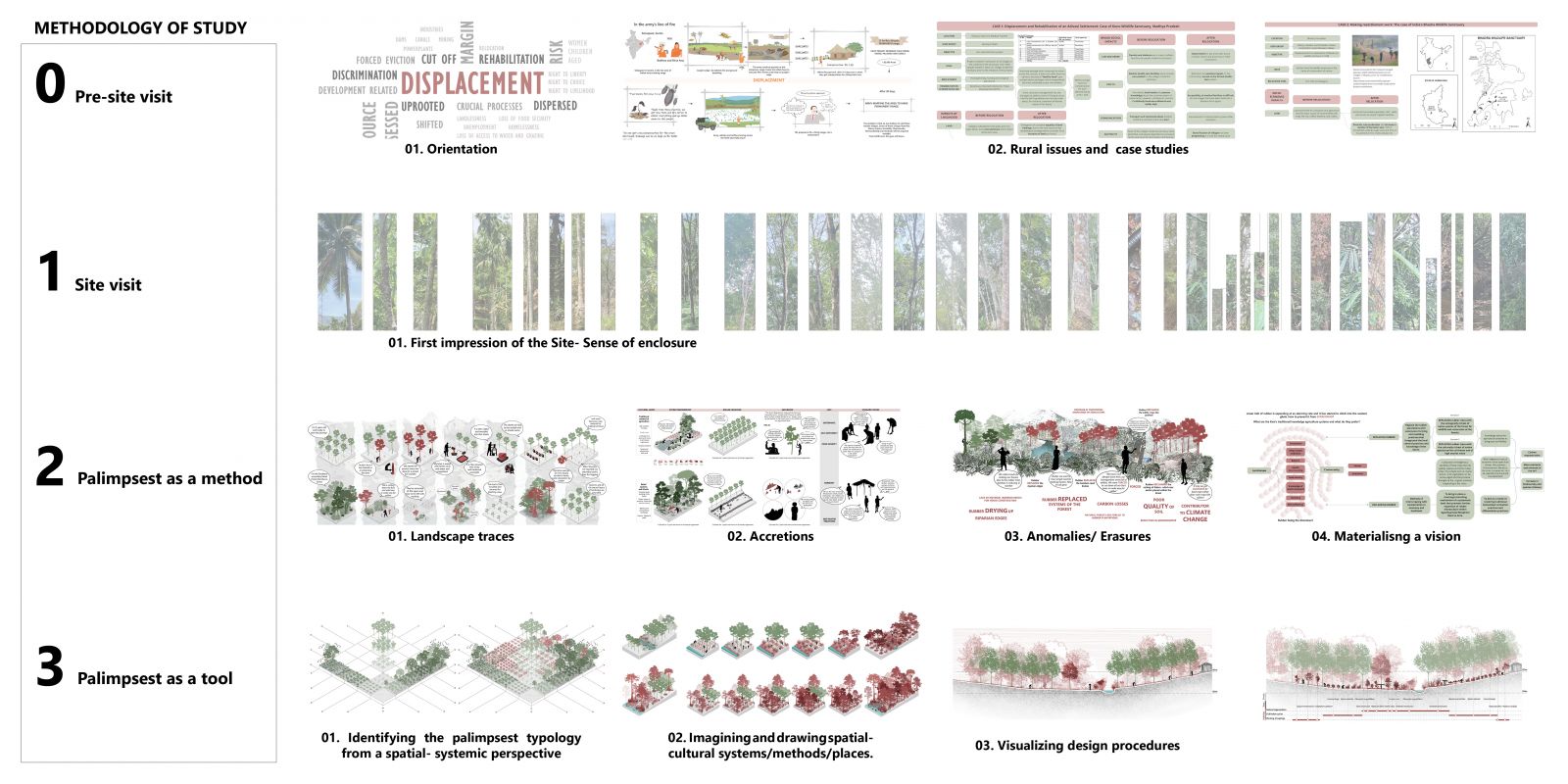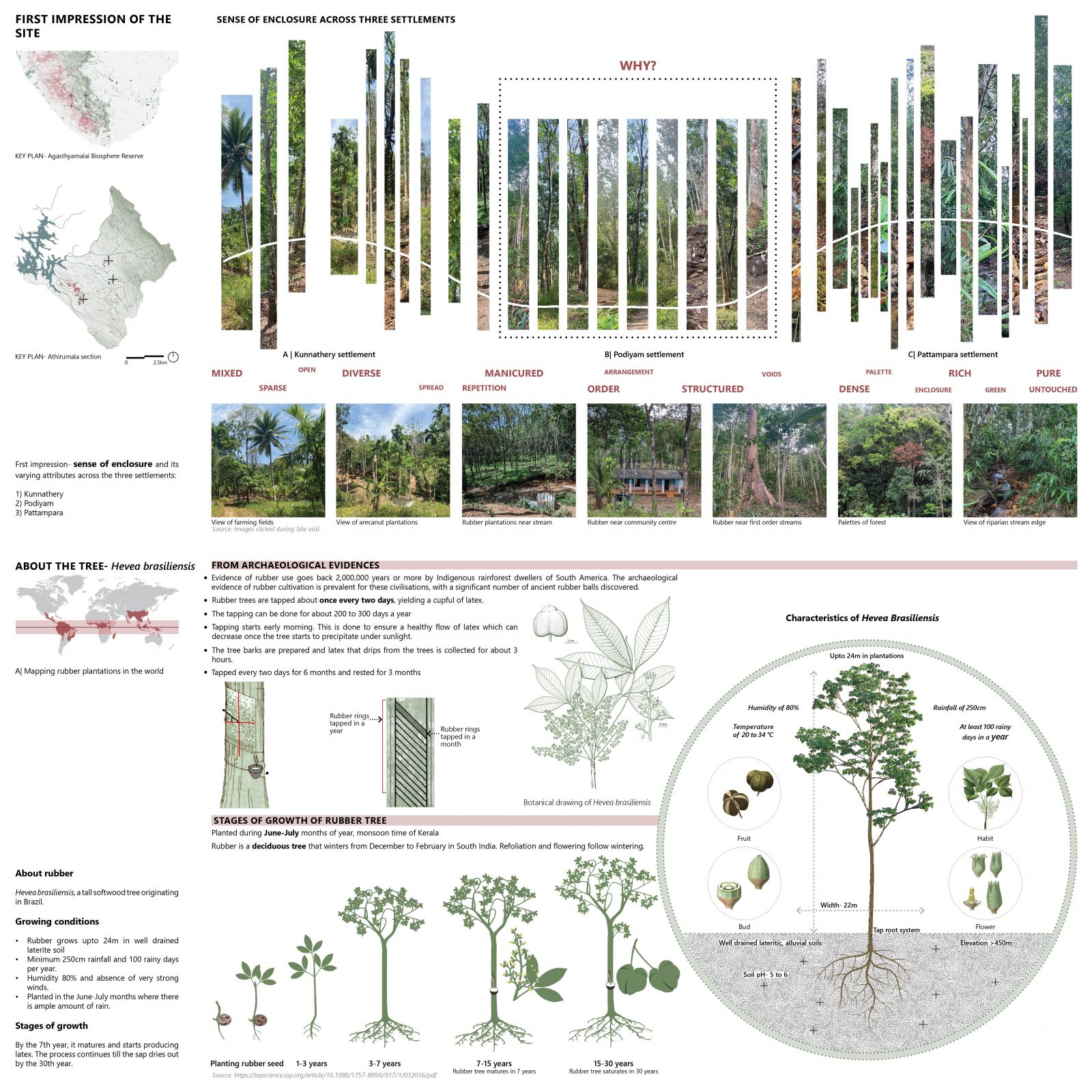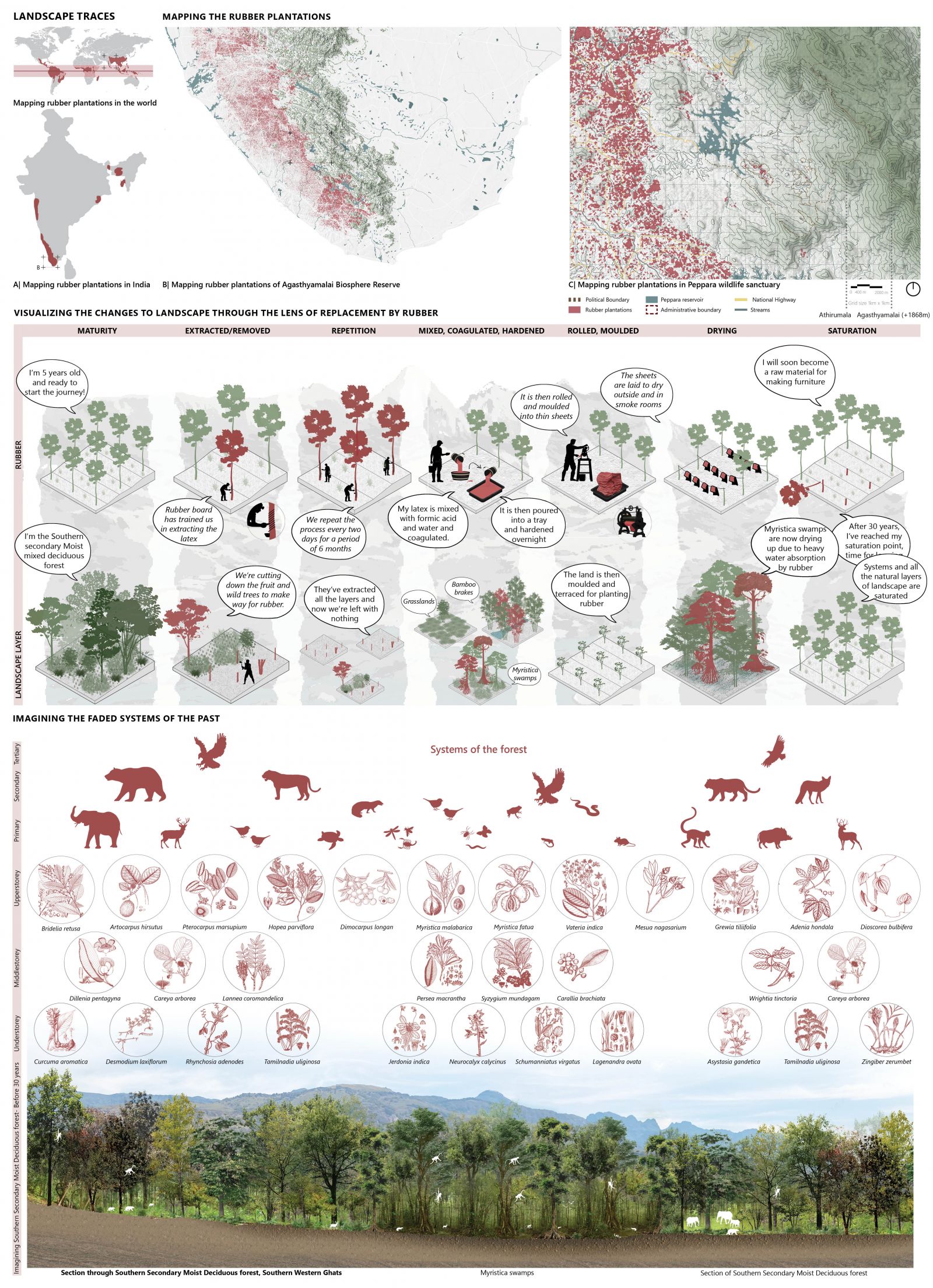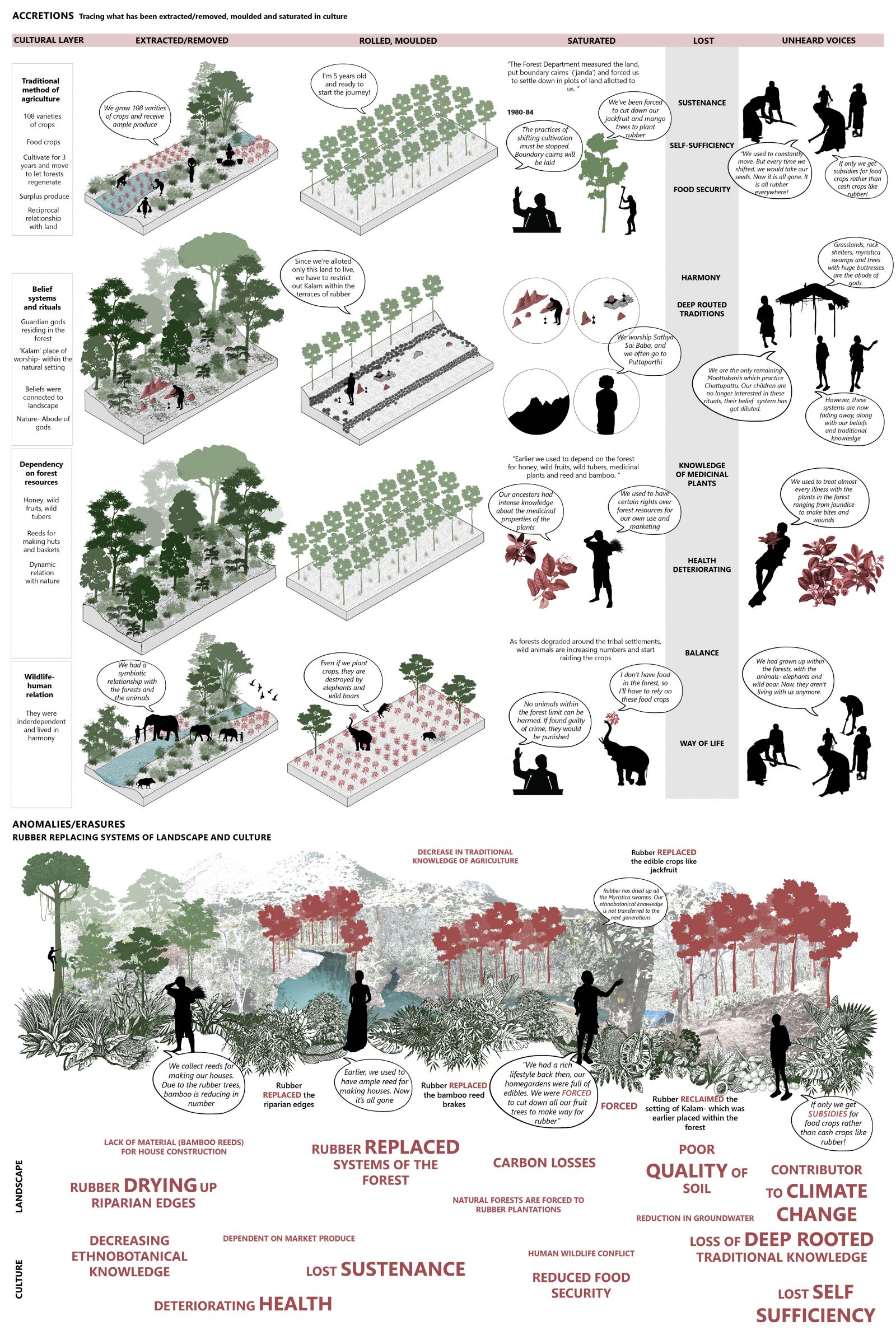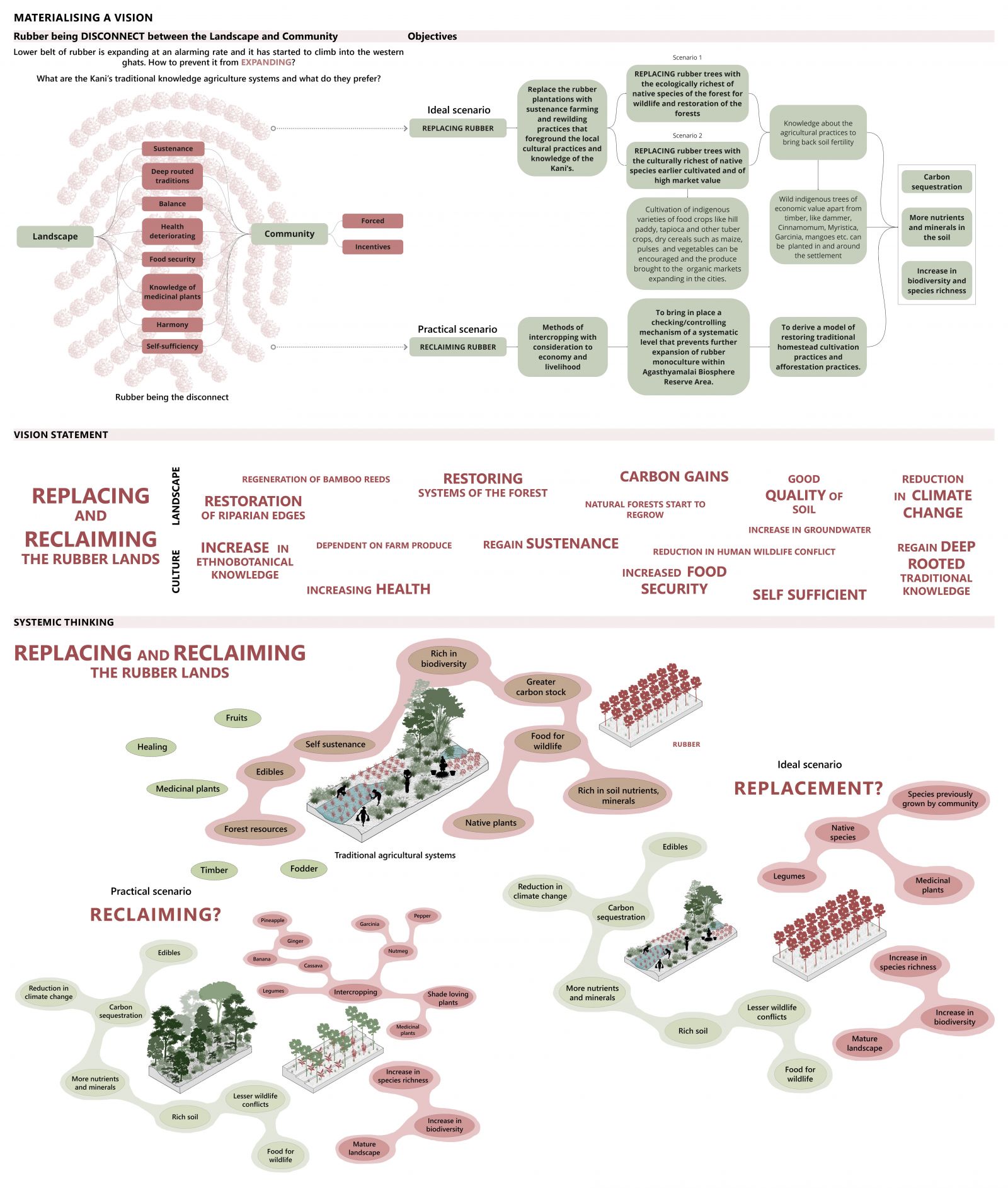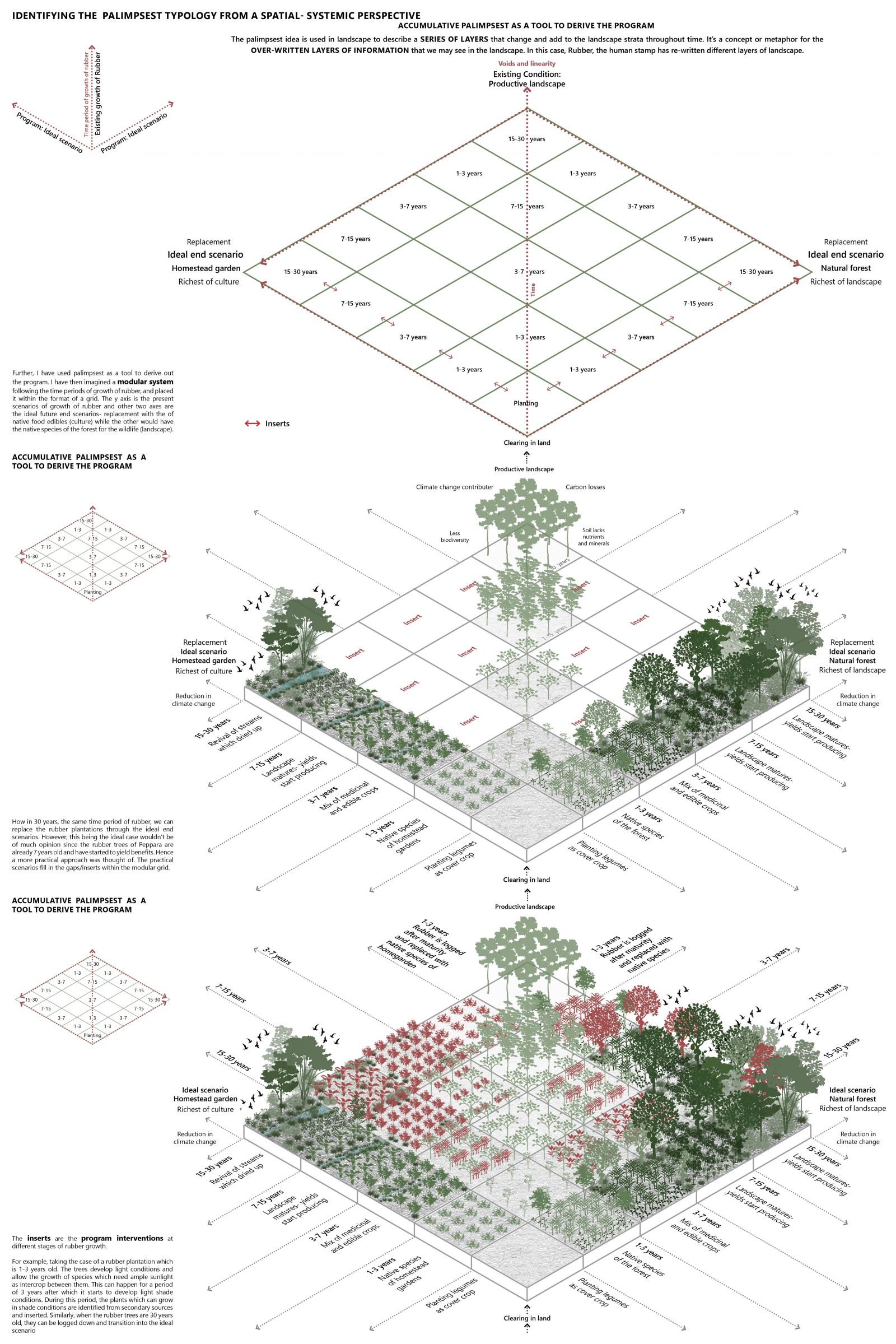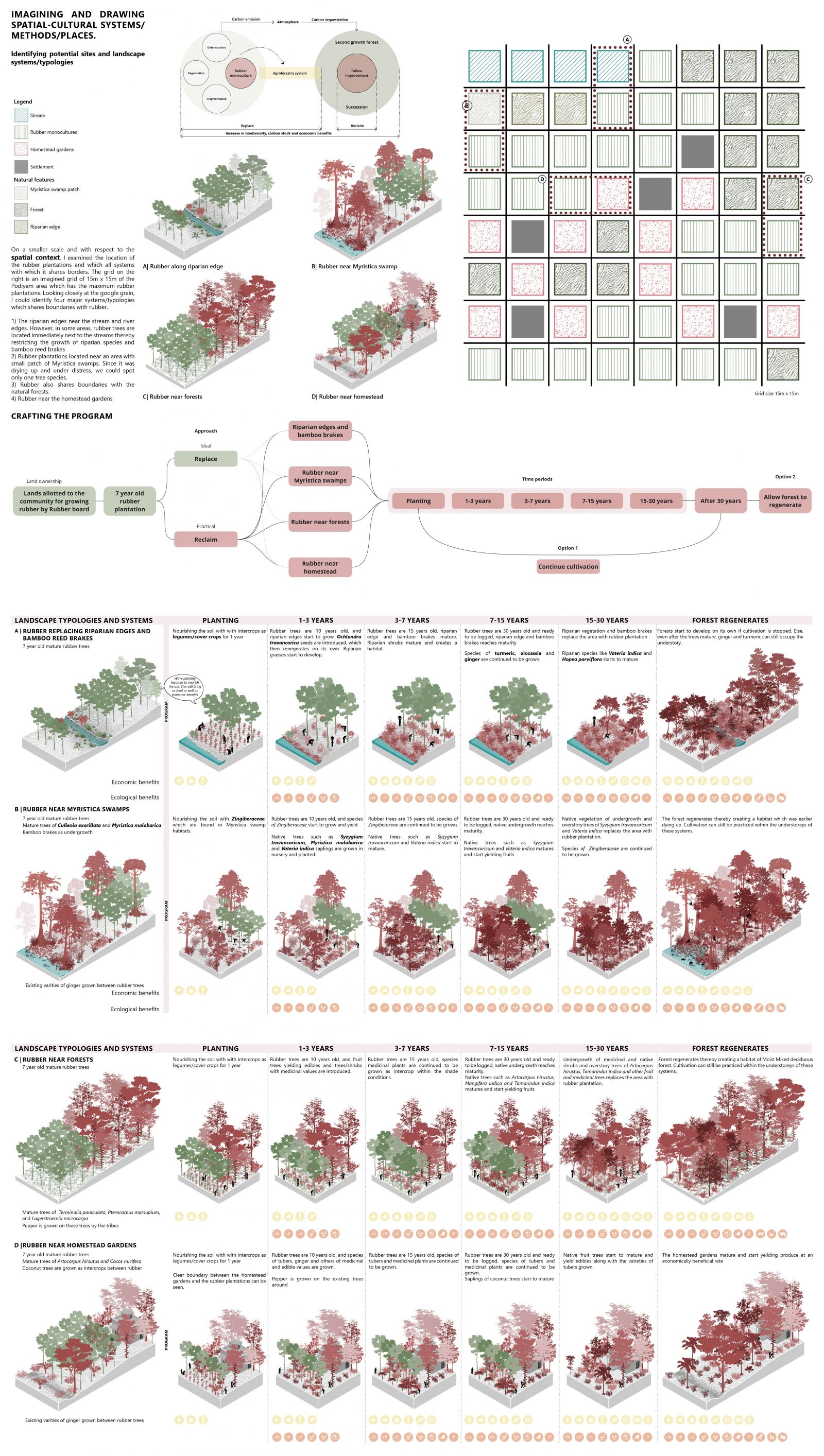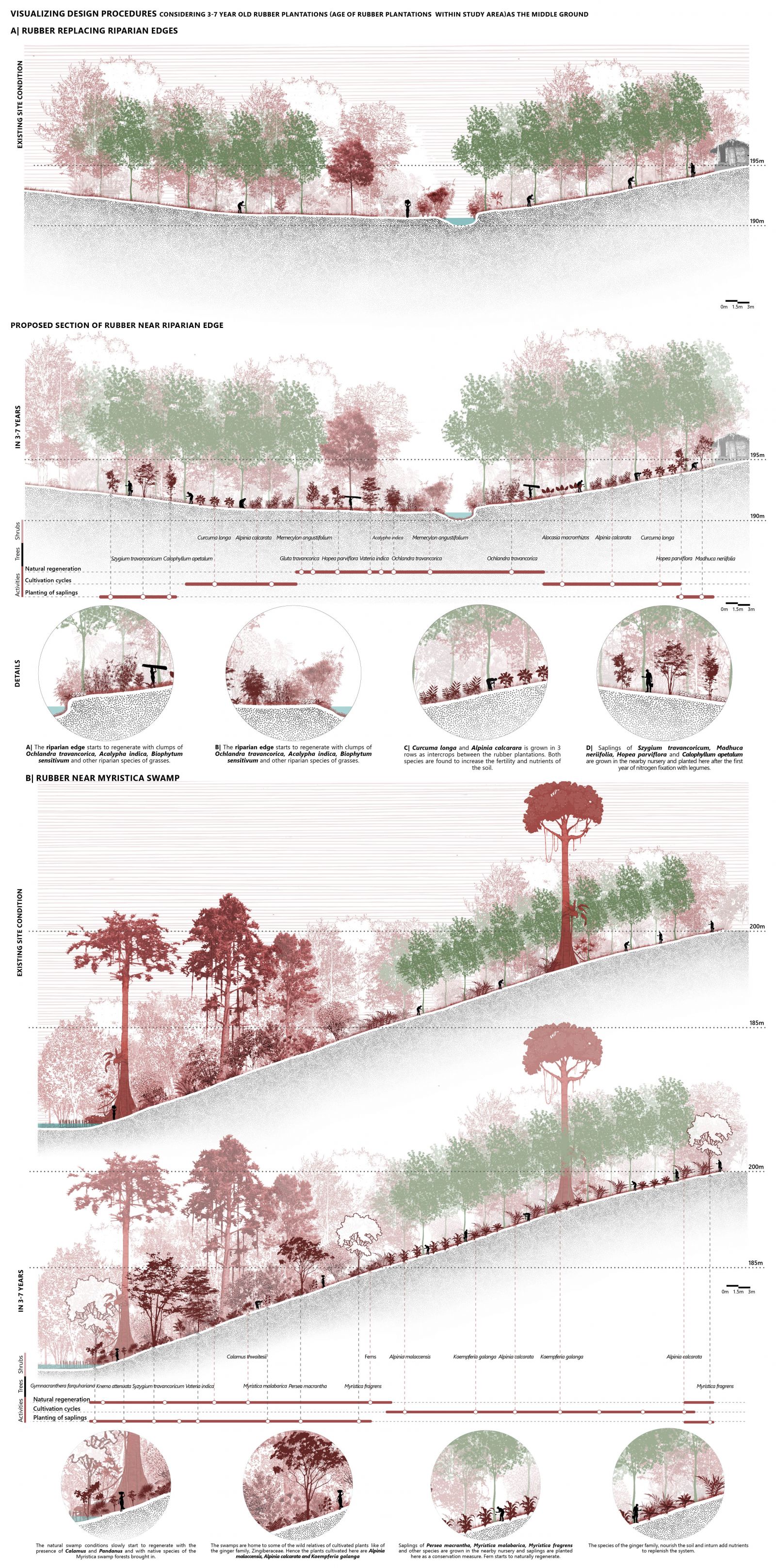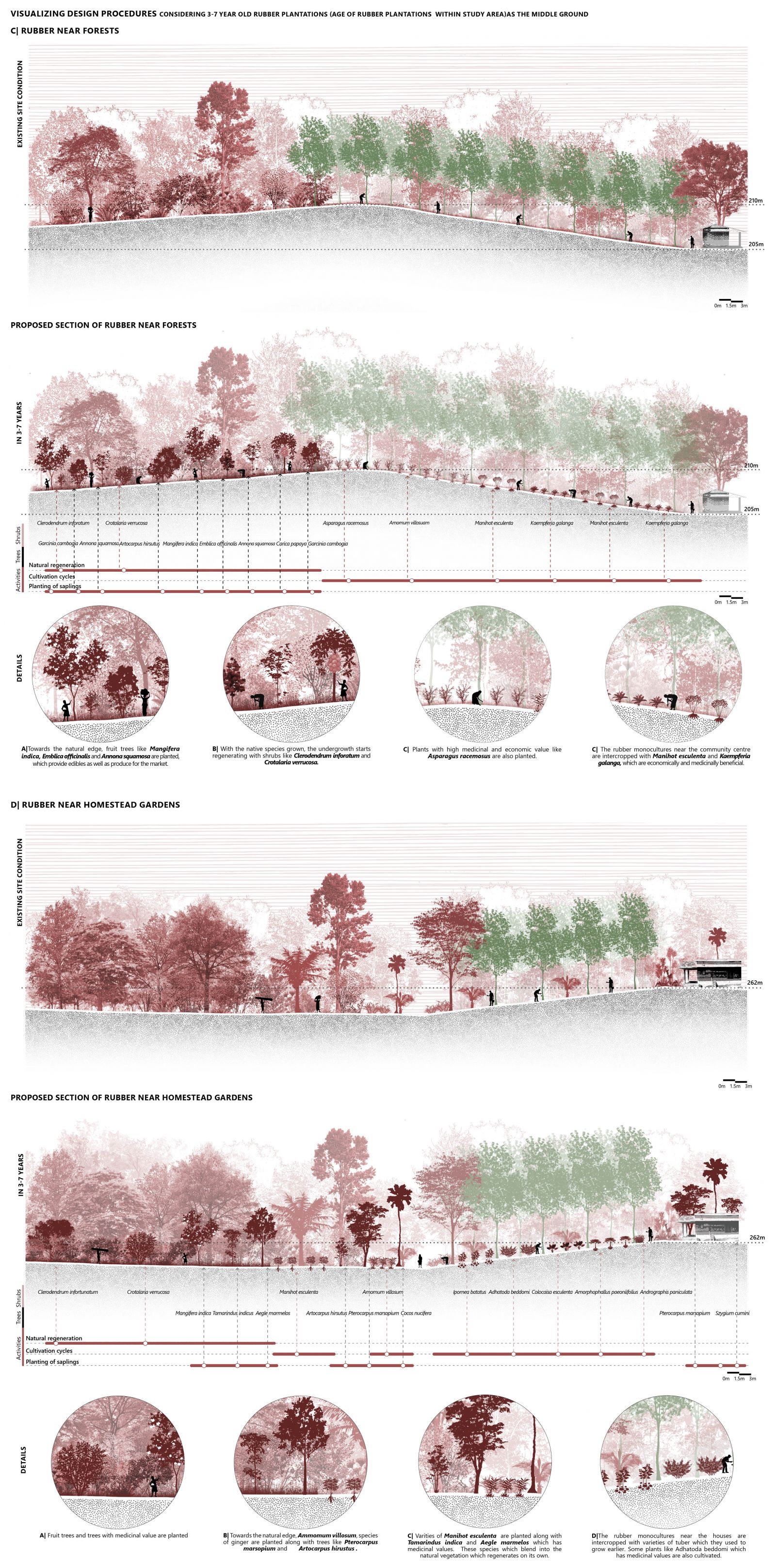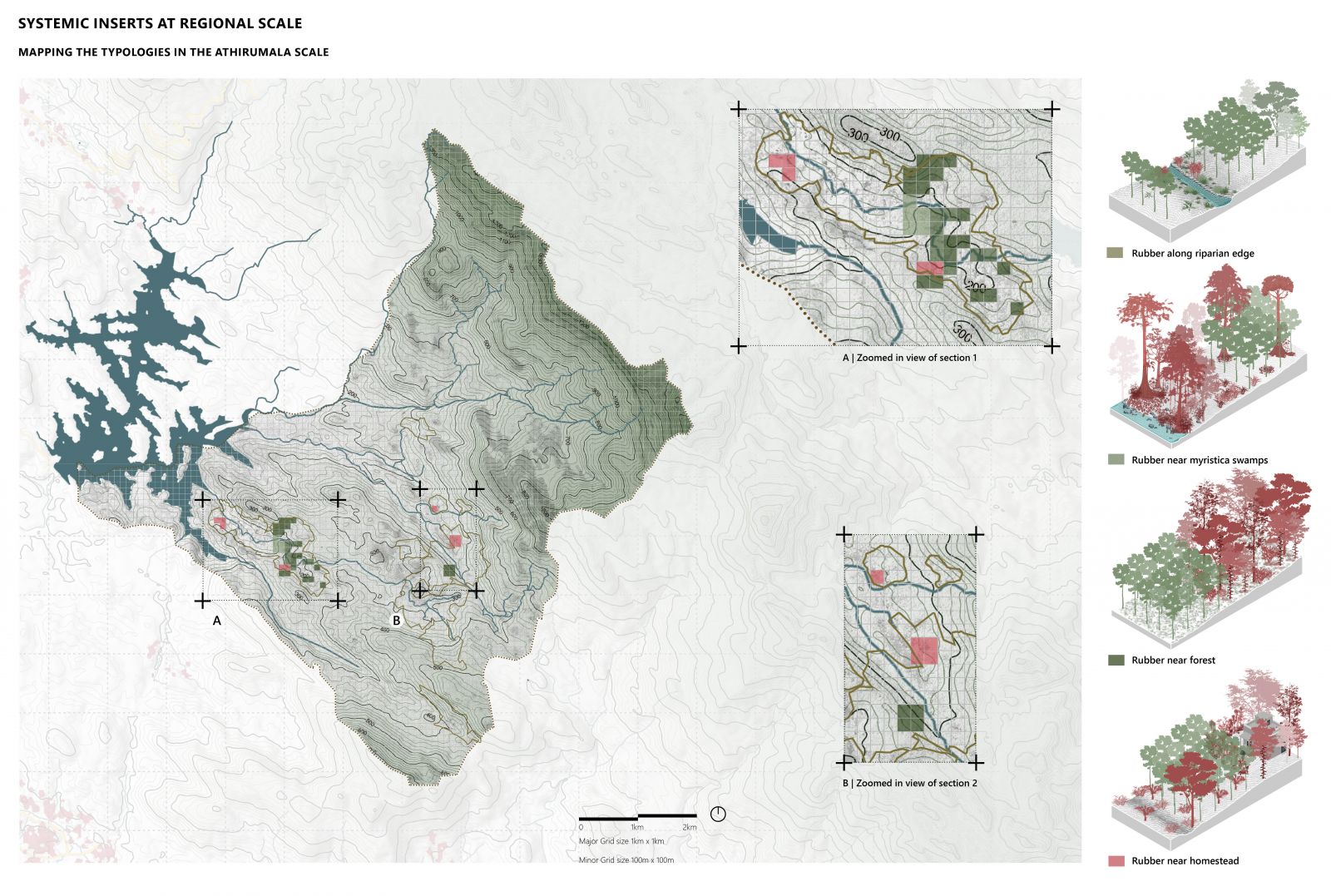Your browser is out-of-date!
For a richer surfing experience on our website, please update your browser. Update my browser now!
For a richer surfing experience on our website, please update your browser. Update my browser now!
Kani tribes once a semi nomadic community, who practiced traditional methods of agriculture for food crops were forced to settle down and cultivate cash crops like eucalyptus, teak and rubber. This has badly affected their traditional methods of cultivation as well as degraded the forest around their settlements, following certain traditional policies of forest conservation/management by the forest department and state government. Kani’s were forced to cut down their homesteads and forests to make way for rubber. Rubber plantations have spread over Kerala's lowlands and are now progressively encroaching on the Western Ghats' biodiversity hotspots.
The project aims at reclaiming and replacing the rubber lands, which overtime, have replaced the natural and cultivational units of landscape systems. The tidal ingression of cash crops, mainly rubber, has disturbed the traditional lifestyle and agricultural practices of the Kani tribes. The state practices which enforced settling down on this semi nomadic community, who were once dependent on edibles from the forest and sustenance farming, also introduced the plantation system into their livelihood following conventional prevailing systems of forestry. This led to major changes in their way of life, affecting their self-reliant means of existence even increasing their dependency on market products.
With the rapid expansion of rubber plantations into the Agasthyamalai Biosphere Reserve area, the natural forests are being cut down at a rapid rate.
With the expansion of rubber plantations, the upper catchment area of the Karamana river along with its fragile ecosystems are drying up. Through proper assessment of the landscape systems that rubber has replaced, different techniques are incorporated at various stages of growth of rubber, which may eventually lead to a steady transition into the cultivation of the food crops and sustenance practices, thereby naturally regenerating the associated systems of the landscape and forests.
